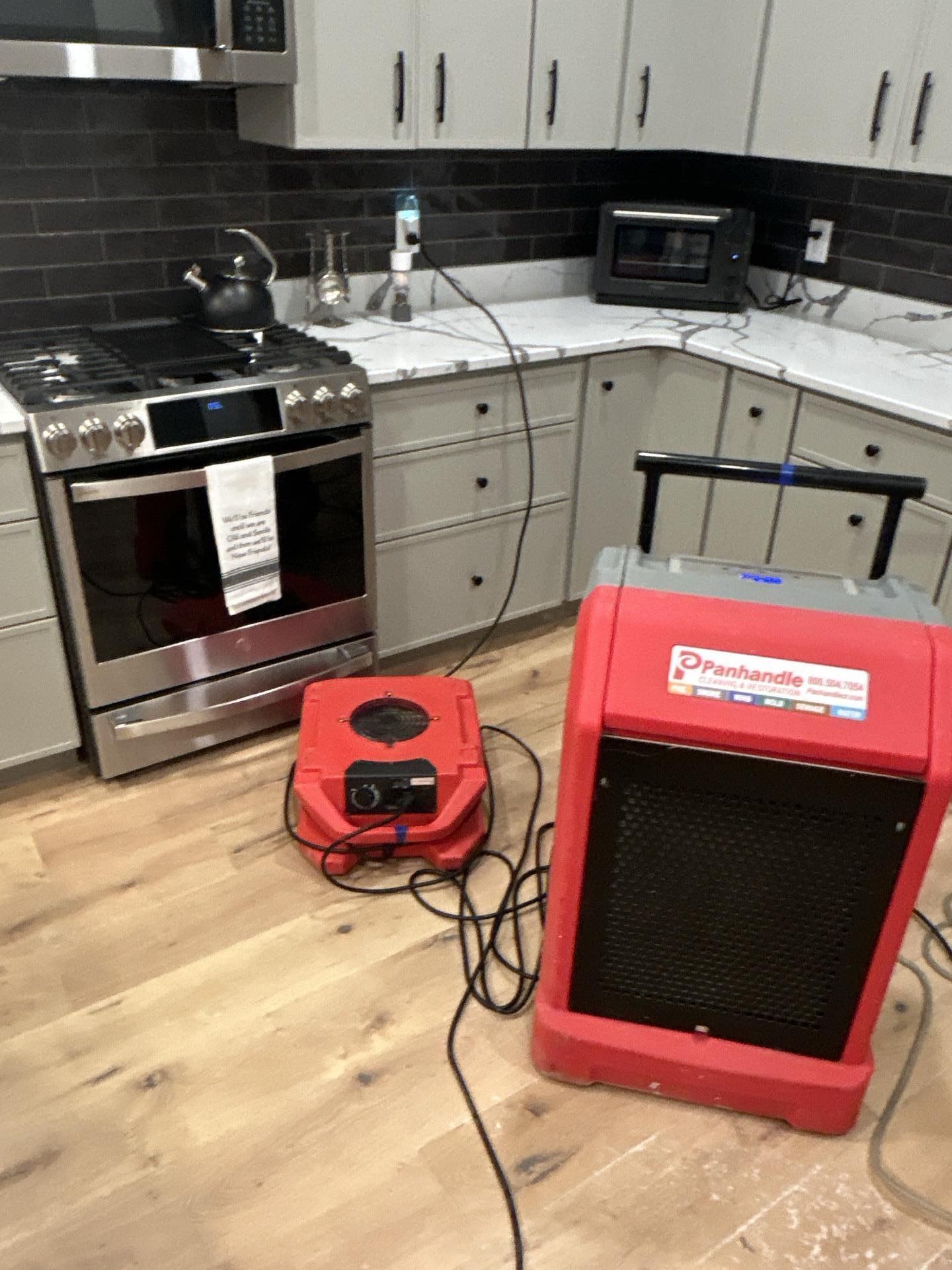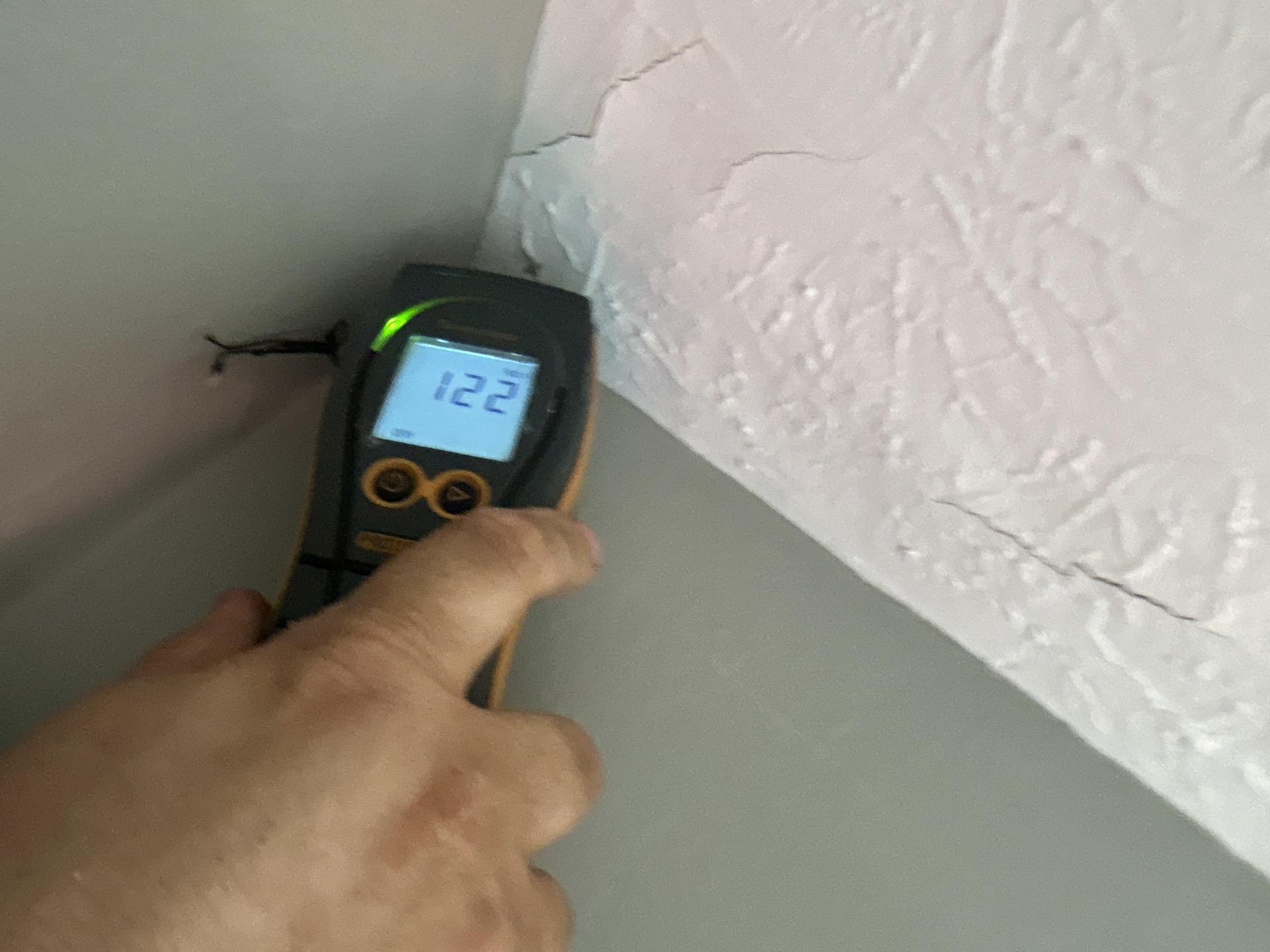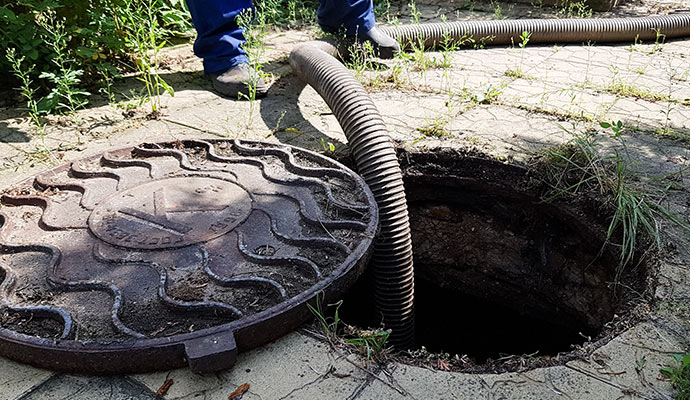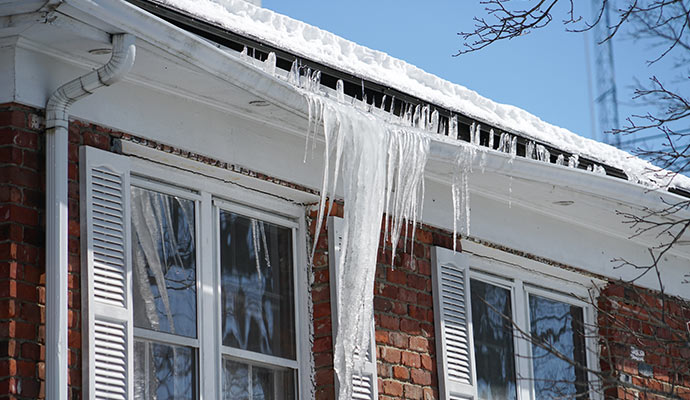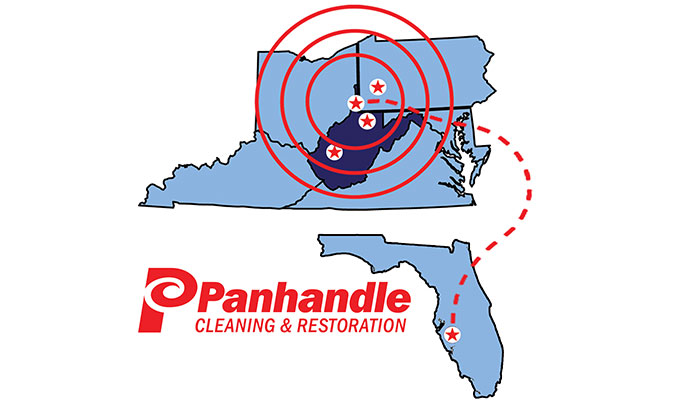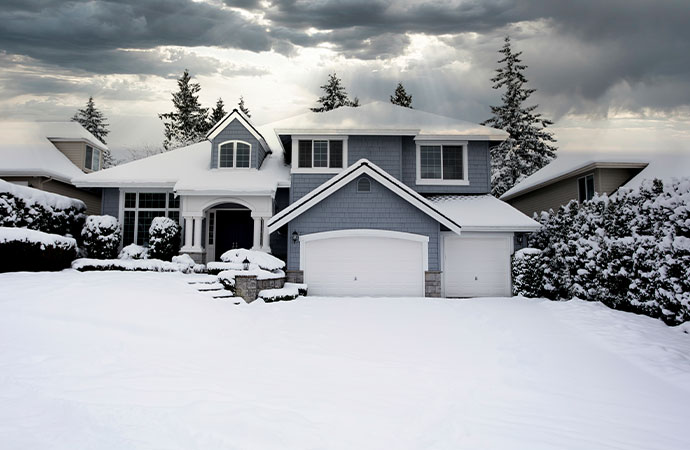
Winter Storms Ravage the U.S
If you haven’t heard: winter has arrived in the U.S. From a pleasant fall to an onslaught of freezing temperatures and snow storms after the Thanksgiving holiday, winter has undoubtedly made its mark early. The eastern part of the USA has been especially affected over the past week by severe winter storms. Rain, snow, and ice have pummeled the Atlantic region from New England to Virginia and left in its wake closed roadways, business and school closures, and widespread power outages.
Much of the USA had recently been affected by a rush of freezing temperatures–everywhere from California to New Jersey. Now, cold arctic air pushing across the Rocky Mountains is bringing large amounts of precipitation that is fast becoming snow to the eastern part of the country. The snow accumulation and freezing temperatures are already breaking many seasonal records and there is surely more to come.
Check out some of the record-breaking winter storms that have hit Pittsburgh in the past.
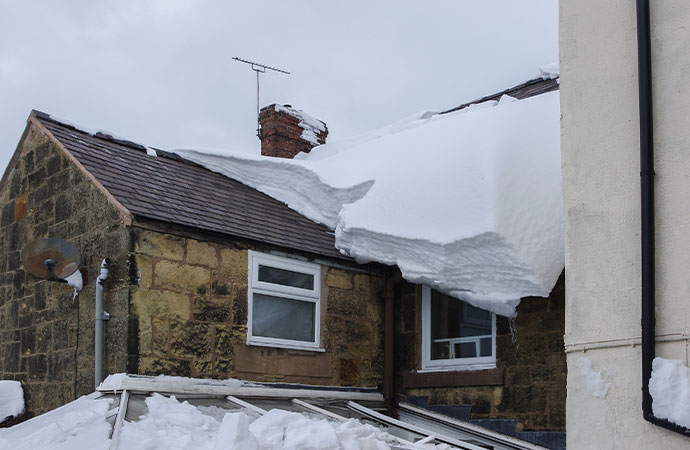
Extreme Conditions
The record snowfall and low temperatures throughout much of the US impacted everything from transportation to sports games–as seen in Sunday’s Baltimore Ravens game. Some 100,000 people in Virginia went without power and some 15,000 in Maryland. The severe storm that hit the region was comprised of various storm systems that originated in the West and transitioned to a cold front in the Southeast, eventually moving north to the Atlantic region–hitting states like Maryland and Pennsylvania along the way.
The series of winter storms left virtually no state or region unaffected–save the very deep south and Florida. Even parts of Texas were subjected to extreme weather, with some 20,000 homes and businesses left without electricity. These conditions have led to the cancellation of thousands of flights–including thousands at the Dallas airport alone, which represents a quarter of the air traffic across the U.S.
Increased Preparation
For many, the arrival of severe winter weather is a wake-up call for better preparedness. This may also be true on a larger state and local level as areas not typically subject to harsh snow storms and below-freezing temperatures were caught off guard. Snow removal services, emergency response plans, and contingencies for winter weather were often lacking and are all now on the radar of many people across the country. Even in regions accustomed to snowfall and cold, the latest storms have revived the levels of preparedness in many places. Mass power outages, closed roadways, and disrupted businesses have led many to increase emergency planning at home and outfit themselves for the worst while in transit. While winter isn’t officially declared on the calendar, the sweeping winter weather has proven to be a powerful force in the U.S. We’re all hoping it doesn’t get any worse.

